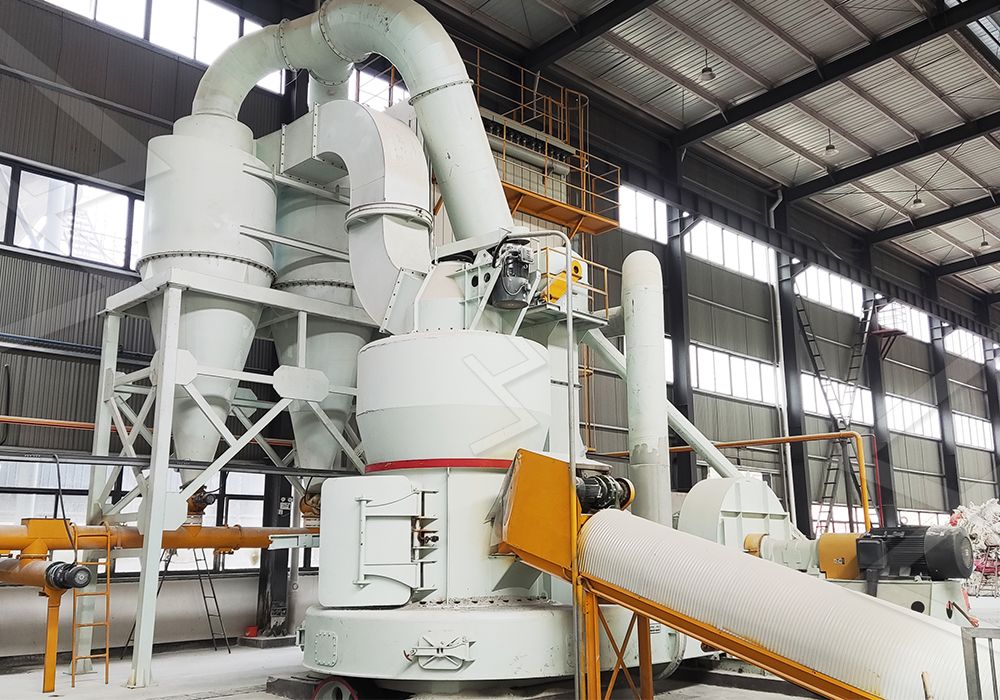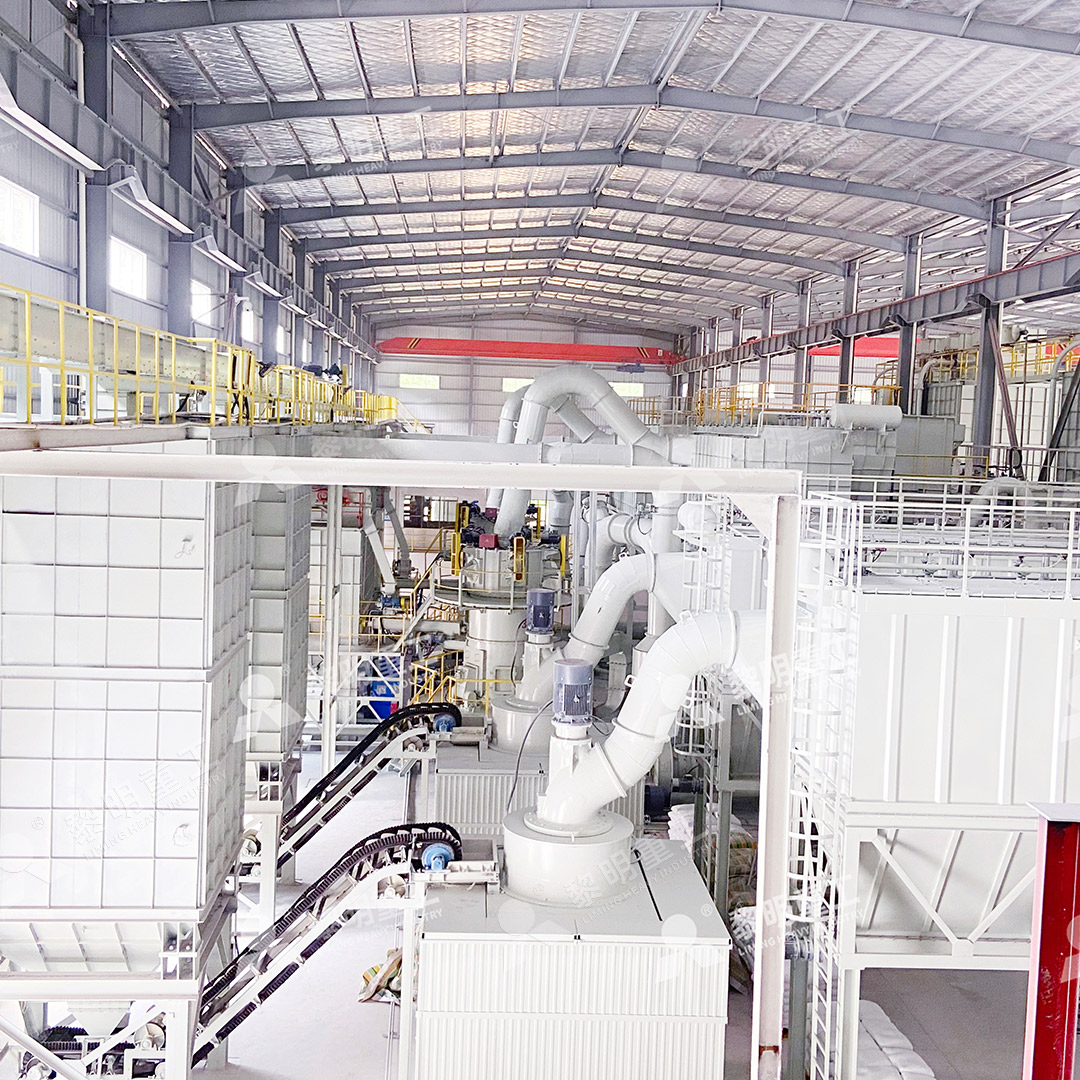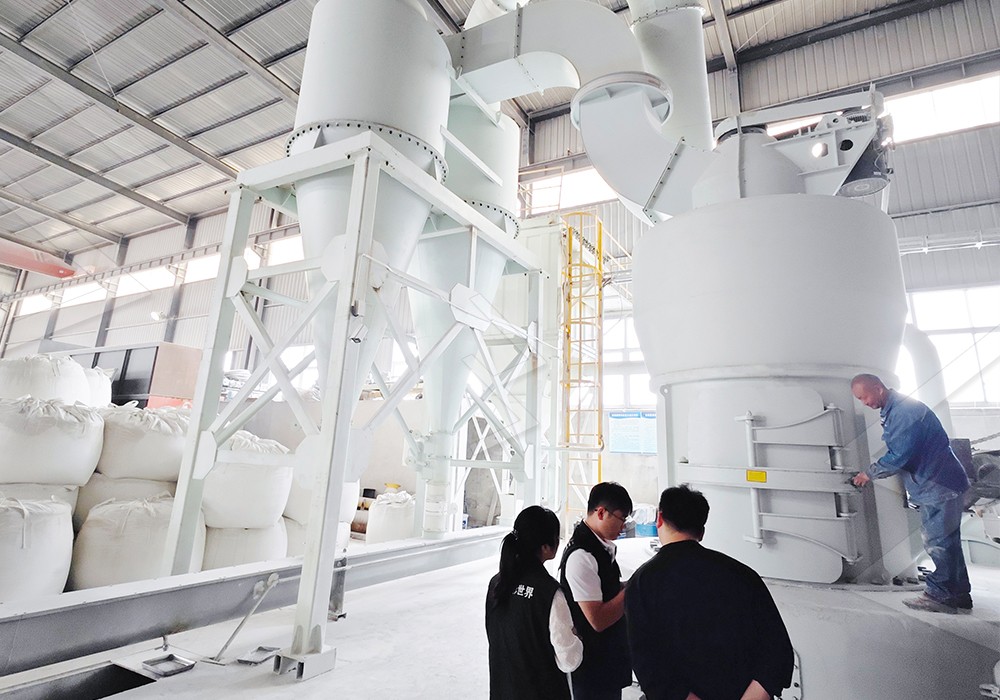Silica Diatomite Coarse Powder Grinding Mill
Processing Silica Diatomite: Challenges and Solutions
Silica diatomite, also known as diatomaceous earth, presents unique challenges in mineral processing due to its abrasive nature and variable moisture content. This sedimentary rock composed of fossilized diatoms requires specialized grinding equipment to achieve optimal particle size distribution while maintaining product quality and operational efficiency.

Traditional grinding mills often struggle with diatomite’s distinctive properties. The material’s high silica content creates significant wear on conventional milling components, while its low thermal conductivity demands careful temperature control during processing. Furthermore, the preservation of diatomite’s natural porosity during grinding is crucial for many industrial applications where surface area and absorption capacity are critical performance factors.
Advanced Grinding Technologies for Diatomite Processing
Modern grinding solutions have evolved to address the specific requirements of diatomite processing. The key considerations include precise particle size control, minimal iron contamination, energy efficiency, and environmental compliance. Among the available technologies, several mill types have proven particularly effective for coarse to fine powder production from raw diatomite feed.
For operations requiring coarse powder in the range of 325-2500 meshes, the MW Ultrafine Grinding Mill represents a significant advancement. This equipment handles input sizes up to 20 mm with capacities ranging from 0.5 to 25 tons per hour, making it ideal for medium-scale diatomite processing operations. The mill’s innovative design eliminates rolling bearings and screws within the grinding chamber, substantially reducing maintenance concerns and potential contamination.

Operational Advantages in Diatomite Applications
The MW series incorporates German cage-type powder selector technology, enabling precise fineness adjustment between 325-2500 meshes with screening rates achieving d97≤5μm in a single pass. This capability is particularly valuable for diatomite processing, where consistent particle size distribution directly impacts product performance in filtration, absorption, and filler applications.
Environmental considerations are equally addressed through integrated pulse dust collection and noise reduction systems. The efficient pulse dust collector ensures no dust pollution during operation, while specialized mufflers and noise elimination rooms maintain workplace comfort and regulatory compliance. These features align perfectly with the environmental consciousness typically associated with diatomite products and applications.
Complementary Solutions for Varied Requirements
For operations with different throughput requirements or space constraints, the LUM Ultrafine Vertical Grinding Mill offers an alternative approach. With its vertical design and advanced powder separating technology, this mill handles input sizes up to 10 mm with capacities from 5 to 18 tph. The LUM series incorporates double position-limiting technology that ensures operational stability even with diatomite’s variable feed characteristics.
Both the MW and LUM series benefit from digitalized processing with numerically controlled operations for cutting, bending, planing, milling, and paint spraying. This manufacturing precision translates to higher machine reliability and consistent performance in demanding diatomite grinding applications.

Material Characteristics and Processing Parameters
Successful diatomite processing requires understanding the material’s behavior during comminution. The fragile skeletal structure of diatoms means excessive mechanical stress can destroy the desirable porous architecture. Modern grinding mills address this through optimized grinding curves and pressure control, preserving the material’s natural properties while achieving target particle sizes.
Moisture management represents another critical factor. Raw diatomite often contains significant water content that must be addressed during processing. Advanced grinding systems incorporate drying capabilities or can be integrated with pre-drying equipment to ensure optimal milling conditions and final product quality.
Frequently Asked Questions
What is the optimal feed size for diatomite in the MW Ultrafine Grinding Mill?
The MW series handles input sizes from 0-20 mm, making it suitable for most crude diatomite directly from mining operations. Pre-crushing may be necessary only for exceptionally large feed material.
How does the mill preserve diatomite’s porous structure during grinding?
The MW Ultrafine Grinding Mill utilizes specially designed grinding curves and controlled pressure application that fractures material along natural cleavage planes, minimizing destruction of the delicate diatom structures.
What capacity can I expect when processing diatomite?
Throughput depends on target fineness and material characteristics, but the MW series delivers 0.5-25 tph across the fineness range of 325-2500 meshes for typical diatomite feed.
How is iron contamination controlled during processing?
The absence of rolling bearings and screws in the grinding chamber eliminates major sources of iron contamination. Additionally, the mill’s design prevents metal-to-metal contact in critical areas.
What environmental controls are integrated into the system?
The MW series includes efficient pulse dust collection, mufflers, and noise elimination rooms, ensuring compliance with environmental standards while maintaining clean operation.
